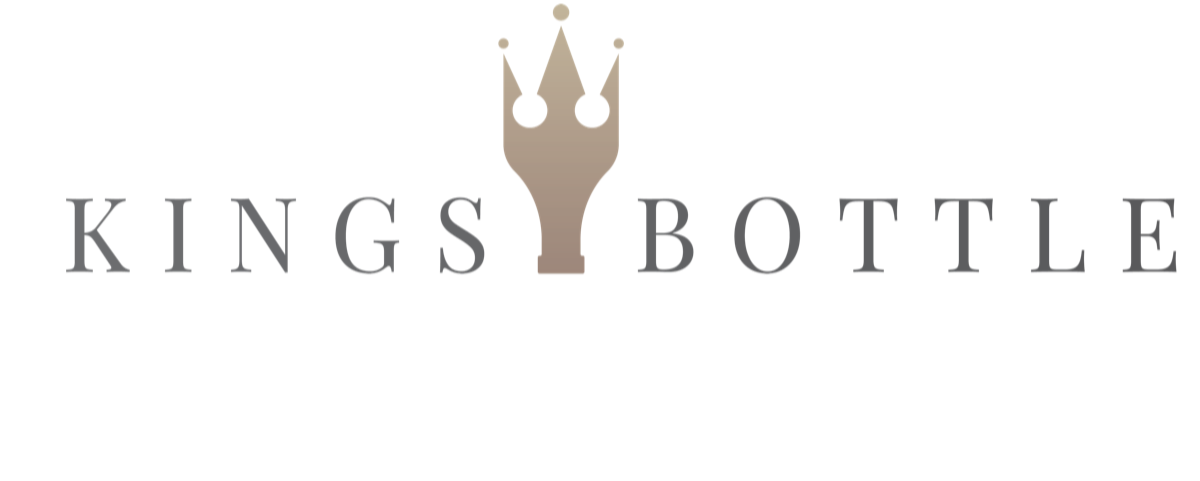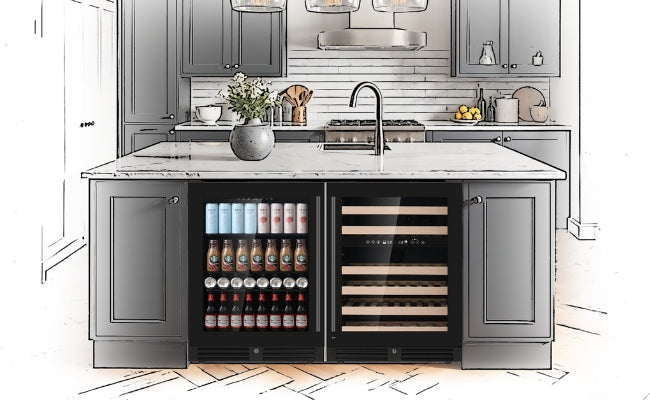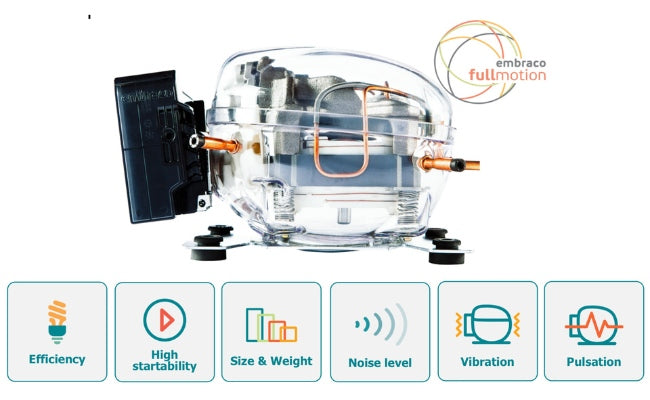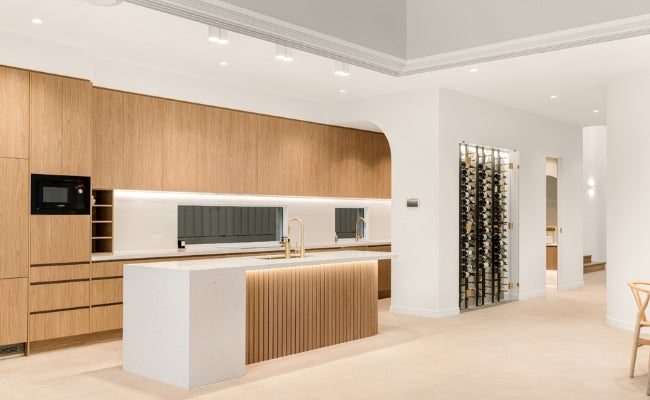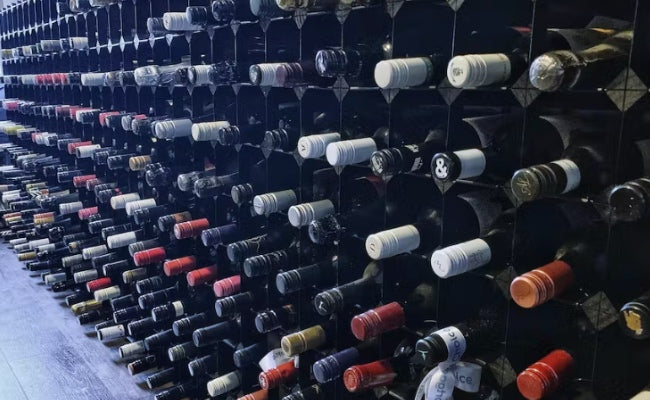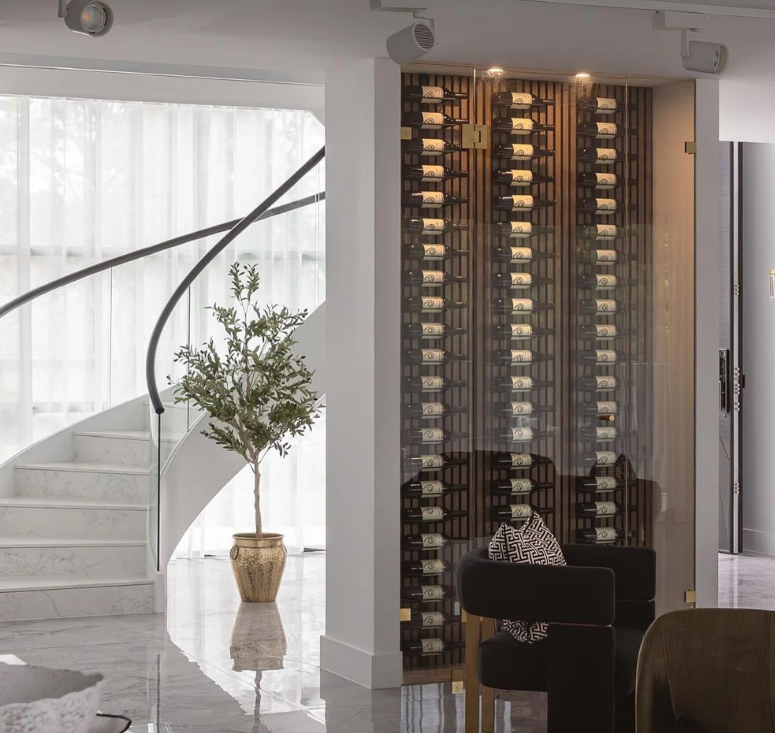
The Illuminated Art of Wine Cellaring: Why RGB+W Lighting Is the Game Changer
When you picture a world-class wine cellar, you likely imagine old stone walls, rows of neatly arranged bottles, maybe a lingering scent of oak barrels and aged cork. But as the art of wine collecting evolves, so does the technology that supports it. Enter the realm of RGB+W lighting, a revolutionary approach that’s changing how wine is stored, showcased, and enjoyed. In this extensive guide, we’ll journey through the historical roots of wine cellaring, examine the unique requirements for storing wine, and unveil why RGB+W lighting has become a game changer for both design and preservation.
The History and Essence of Wine Cellaring
For centuries, wine cellars have held a near-mythical allure. The great estates of Europe built vast networks of subterranean chambers, often carved deep into limestone bedrock, providing stable environments crucial for aging and storing precious vintages. Proper cellaring is more than just storage, it’s a commitment to preserving wine at its peak, allowing delicate flavors and aromas to develop gracefully over time.
Historically, darkness reigned. The absence of natural light protected wines from damaging UV rays, while cool, humid conditions prevented oxidation and cork shrinkage. Cellars, thus, were spaces of muted shadows, functional, secretive, and imbued with a sense of reverence.
As wine appreciation has blossomed globally, private collectors and commercial establishments alike have invested in sophisticated cellaring solutions. Alongside temperature and humidity control, lighting has become central in enhancing both preservation and presentation.
Why Lighting Matters in the Modern Wine Cellar
Wine, despite its robust heritage, is fragile. Two key enemies threaten its longevity: heat and light. Light, especially in the UV and blue spectrum, can accelerate chemical reactions in wine, leading to “lightstruck” flavors, those unpleasant notes often described as cooked cabbage, wet cardboard, or even skunk.
For this reason, traditional cellars relied on minimal windowless designs, sometimes with dim incandescent bulbs used only as needed. However, the growing desire to showcase collections, to transform cellars from hidden vaults into showpieces, has driven an explosion in creative wine room design. Glass-fronted displays, open shelving, and statement wall racks are all the rage.
But with greater visibility comes greater risk: how do you illuminate your collection artfully without compromising its integrity?
The Evolution of Wine Cellar Lighting: From Utility to Artistry
Incandescent and Halogen: The Old Guard
Early wine cellar lighting solutions tended toward the safe and subdued. Incandescent bulbs and, later, halogen lights provided warm, gentle illumination but generated significant heat and were energy-inefficient. Worse, their emissions still included some levels of UV light, not ideal for prolonged display.
LED Lighting: Efficiency and Safety
The advent of LED (Light Emitting Diode) technology was a major leap forward. LEDs generate minimal heat, use far less energy, and, importantly, emit negligible UV radiation. For the first time, it became feasible to illuminate cellars continuously without threatening the wine or the climate within the room.
The RGB+W Revolution
The ultimate development in cellar lighting has arrived in the form of RGB+W LED systems. “RGB” stands for Red, Green, and Blue, the three core colors that, when mixed, produce almost every hue visible to the human eye. “W” introduces true white diodes, allowing for precise, natural white lighting
Benefits of RGB+W Lighting in Wine Cellars
1. Optimized Wine Preservation
Modern RGB+W systems use LEDs that emit negligible UV, a major breakthrough in wine preservation. Unlike traditional bulbs, which heat the environment and speed up wine’s maturation, LEDs stay cool. This ensures your bottles are shielded from “lightstrike,” preserving both taste and aroma over the years.
2. Visual Appeal and Ambiance
Innovative lighting transforms a cellar from a practical storehouse to a showcase gallery. RGB+W systems mean you can bathe your collection in candle-lit gold, dramatic purple, or crisp daylight, switching to match the occasion or even the varietal. Imagine a tasting room where the lights mimic the terroir, warm ochres for a Rioja, cool blues for a Champagne.
3. Highlighting Architecture and Collections
Glass doors, custom racks, and stone walls all benefit from strategic illumination. With directional RGB+W lighting, bottles can gleam, labels can stand out, and even the humble cork can become a design feature. Subtle under-shelf lights or color accents can highlight prized vintages or draw attention to unique bottle shapes.
4. Smart Control and Automation
Most RGB+W systems integrate with smart home tech, enabling automated lighting schedules, remote control, and even connections with climate systems. Want the lights off when the cellar is closed and on when guests arrive? Easy. Prefer to schedule a warm hue for winter evenings and a cool one for summer afternoons? All at your fingertips.
5. Energy Efficiency
LEDs in RGB+W setups consume far less power than traditional bulbs, a crucial factor for collectors who run climate control systems year-round. Lower energy bills, less heat, and longer bulb life add up to cost savings and sustainability.
Setting Up an RGB+W Wine Cellar: Best Practices
Thinking of upgrading your cellar? Here’s how to make the most of RGB+W lighting while safeguarding your investment:
-
Choose the Right LEDs: Not all LEDs are created equal. Opt for high-quality, UV-safe, and dimmable RGB+W systems from reputable suppliers.
-
Professional Installation: Lighting is as much an art as science. Employ a professional who understands both design and the importance of wine safety.
-
Layer Your Lights: Combine ambient (overall), task (for reading labels), and accent lighting (to feature specific bottles or areas).
-
Automate for Safety: Use motion sensors or timers to minimize continuous light exposure.
-
Experiment and Enjoy: Play with different color scenes to discover what best complements both your wine and your style.
Lighting the Future: Trends and Innovations
As technology evolves, so do the possibilities. Some cutting-edge wine cellars are now integrating programmable scenes coordinated with music, temperature shifts, or remote monitoring. Augmented reality apps, which let you preview different lighting options or even “tour” your cellar virtually, are on the horizon.
Architects and designers increasingly treat wine cellars as both utility rooms and showpieces, integrating RGB+W not just as an afterthought, but as a core element of design. Expect to see more “floating” bottle effects, backlit walls, and dynamic lighting that brings collections to life.
